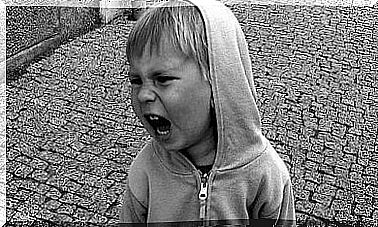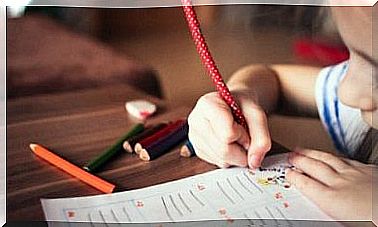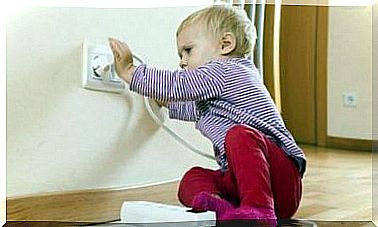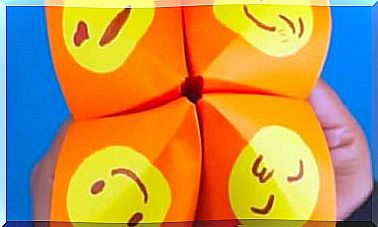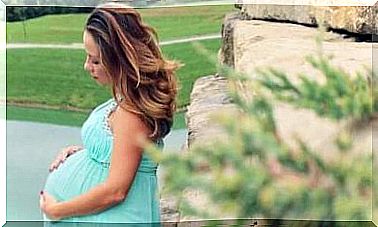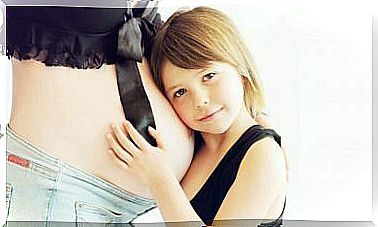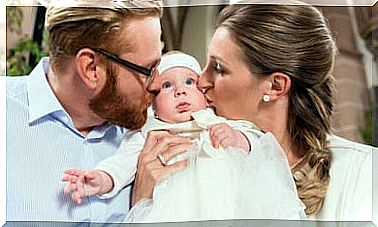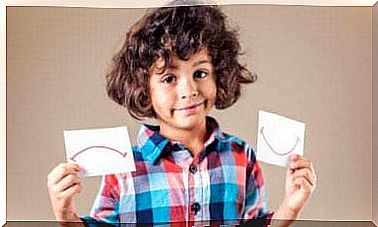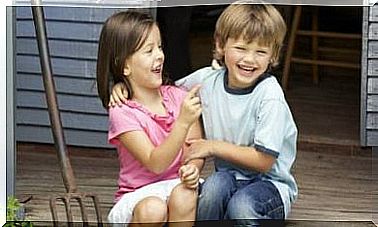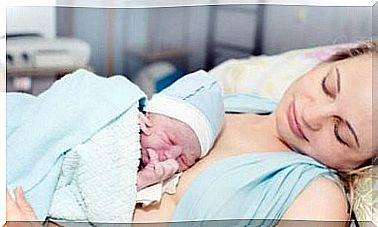The Pacifier And Its Emotional Function
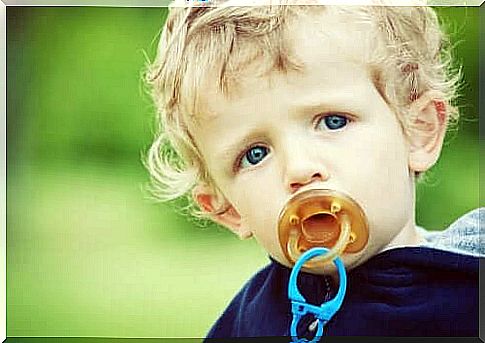
Today, the use of pacifiers by the little ones is a normal thing. Many parents think it is a necessary and essential element for their child. The reality is that children don’t need it and some even reject it. Therefore, before making a decision on its use, it is important that you know the emotional function of the pacifier.
As parents, we try to make the decisions that seem right for our children. Each family experiences a different condition, therefore, it is not possible to generalize. Therefore, any decision will be lawful and correct, as long as you are informed.
The importance of sucking
The sucking reflex is present in babies even before birth. It is a pattern that begins to develop in the womb. It should be known that sucking goes far beyond its nutritional function. In fact, it helps the child in neurological development and promotes speech development. In addition, it has a calming effect on the baby.
For the same reasons, breastfeeding not only serves to nourish the baby, but also has the function of creating an attachment bond between the mother and the baby. Being latched on to the breast helps babies feel safe and find emotional balance. Hence, sucking is an optimal natural means by which babies satisfy their emotional needs.
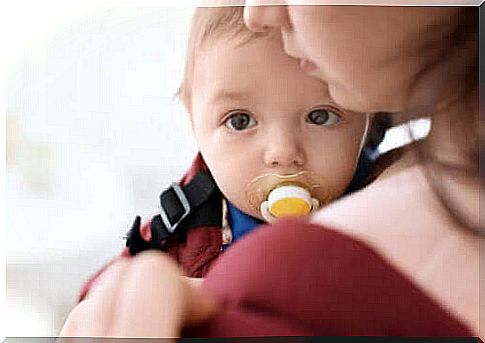
In this sense, repeatedly sucking on the pacifier allows babies to calm down and have pleasant sensations. However, an object can never replace a person. And although the pacifier allows sucking, it can never replace physical contact with the mother and her affection; things the child really needs.
The emotional function of the pacifier
Many mothers are unwilling or unable to continue breastfeeding. Perhaps, because work commitments prevent them from always being present. Or maybe, because they suffer from mastitis, have cracked nipples or are simply exhausted from the constant demands of the breast from the baby.
In these cases, the pacifier can respond to the baby’s emotional request by calming him and making him feel a feeling of well-being. Hence, mothers give the baby pacifier when he is irritated, restless, when he cries, when he is in the stroller, to make him fall asleep, etc. Undoubtedly, this helps the baby calm down and fall asleep, but it is not the most appropriate solution.
Excessive use of the pacifier can cause tooth malformations. In addition, it interferes with the production of the first words, because it prevents the child from stammering and starting to express himself. It can generate an addiction that will cause difficulties and annoyances when you want to remove the pacifier from the baby depriving him of an object he had learned to need.
An anxious, restless, or crying baby needs affection and physical contact. Children need to feel cared for, supported and protected by adults, who are their main attachment figures. Establishing a secure bond is essential for a child’s proper emotional development. And this bond the pacifier cannot establish.
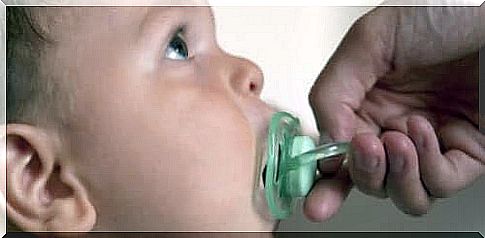
If we want the child to develop adequate emotional regulation strategies and to be autonomous and psychologically healthy, we must respond to his emotional needs during the first years of life. In this sense, the pacifier is not enough.
Pacifier, when yes and when not …
In conclusion, the pacifier can be a useful complement, but it can never replace the affection and attention of parents. Babies who are not breastfeeding may have a greater need to suckle than covering the bottle.
In these cases the pacifier and its emotional function can help, but the pacifier must always be accompanied by the contact, the looks, the affection and the human warmth of the parents. It’s not enough to give babies a pacifier and then walk away.
Furthermore, it is preferable to use it only in times of real need. For example, when you are in the car and it is not possible to take the baby to cradle and calm him.
To learn how to regulate his emotions on his own, the child needs someone who has previously performed this function for him. Therefore, it is critically important that parents are available and present. We need to be clear about one thing, what your child really needs is you. The pacifier is only a momentary option.
